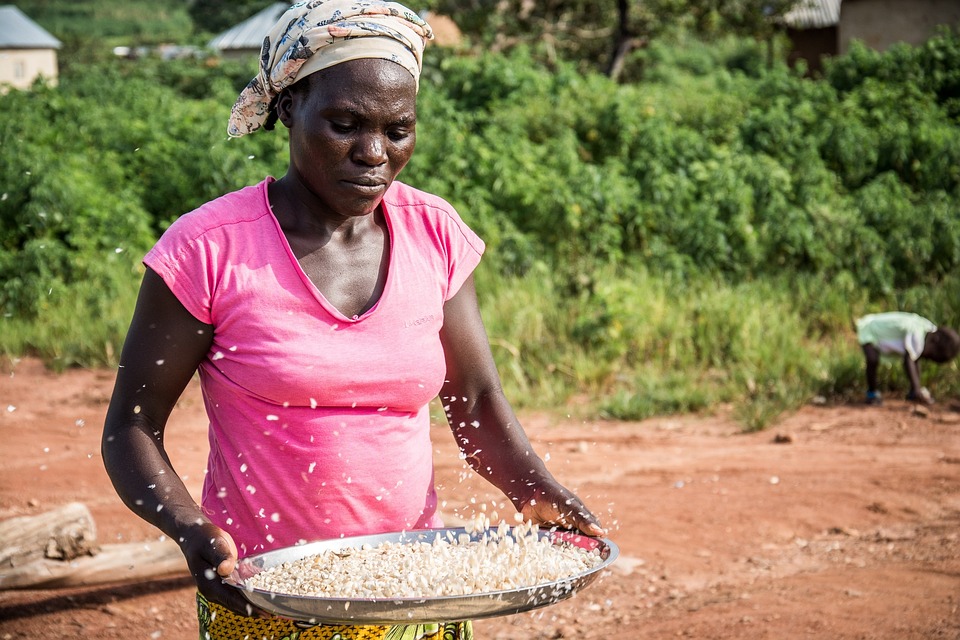Exploring the Traditional Dance of Kuila ni Viti in Fiji

Exploring the Traditional Dance of Kuila ni Viti in Fiji
Fiji, an island nation in the South Pacific, is known for its rich cultural heritage and vibrant traditional dances. One of the most well-known dances in Fiji is the Kuila ni Viti, a traditional dance that has been passed down through generations.
The History of Kuila ni Viti
Kuila ni Viti, also known as the “Dance of Fiji,” has its roots in the ancient rituals and ceremonies of the Fijian people. The dance was traditionally performed as a way to celebrate important events, such as weddings, births, and victories in battle. Over the years, the Kuila ni Viti has evolved into a popular form of entertainment that is performed at cultural festivals, tourist events, and other special occasions.
The Meaning and Symbolism of Kuila ni Viti
The Kuila ni Viti is a highly symbolic dance that reflects the unique culture and traditions of the Fijian people. Each movement and gesture in the dance has a specific meaning and significance, and is often used to tell stories, convey emotions, or honor the spirits of the ancestors.
One of the key elements of the Kuila ni Viti is the use of traditional Fijian instruments, such as drums, bamboo pipes, and conch shells, which add a rhythmic and melodic accompaniment to the dance. The dancers, dressed in colorful attire and adorned with traditional ornaments, move in a graceful and synchronized manner, creating a mesmerizing and captivating performance.
The Steps and Movements of Kuila ni Viti
The Kuila ni Viti is characterized by a series of intricate steps and movements that require skill, coordination, and agility. The dance often begins with a slow and graceful introduction, followed by a more energetic and dynamic sequence of movements.
One of the signature moves in the Kuila ni Viti is the “veiqaravi,” a dramatic and powerful gesture that is meant to symbolize strength, courage, and unity. Another important movement in the dance is the “tevutevu,” a series of quick and light steps that demonstrate agility and grace.
The dancers also incorporate elements of storytelling into their performance, using gestures, facial expressions, and body language to convey various emotions and themes. Whether it’s a joyful celebration, a solemn ritual, or a fierce battle, the Kuila ni Viti captures the essence of Fijian culture and tradition.
The Cultural Significance of Kuila ni Viti
The Kuila ni Viti holds a special place in the hearts of the Fijian people, as it is not just a form of entertainment, but a powerful expression of their cultural identity and heritage. For many Fijians, the dance is a way to connect with their ancestors, honor their traditions, and celebrate the unique beauty of their homeland.
In addition to its cultural significance, the Kuila ni Viti has also become a source of pride and unity for the Fijian community. Through the dance, people of all ages and backgrounds come together to celebrate their shared heritage, values, and beliefs, fostering a sense of community and belonging.
As Fiji continues to modernize and develop, the Kuila ni Viti remains a timeless and cherished tradition that is passed down from generation to generation. By preserving and celebrating this ancient dance, the Fijian people are able to keep their culture alive and thriving, ensuring that the spirit of their ancestors lives on.
In conclusion, the Kuila ni Viti is a powerful and captivating traditional dance that embodies the rich cultural heritage of Fiji. With its meaningful symbolism, intricate movements, and vibrant energy, the dance continues to be a beloved and cherished art form that connects the Fijian people to their past, present, and future. Whether performed at a grand celebration or an intimate gathering, the Kuila ni Viti is a testament to the enduring beauty and resilience of Fijian culture.